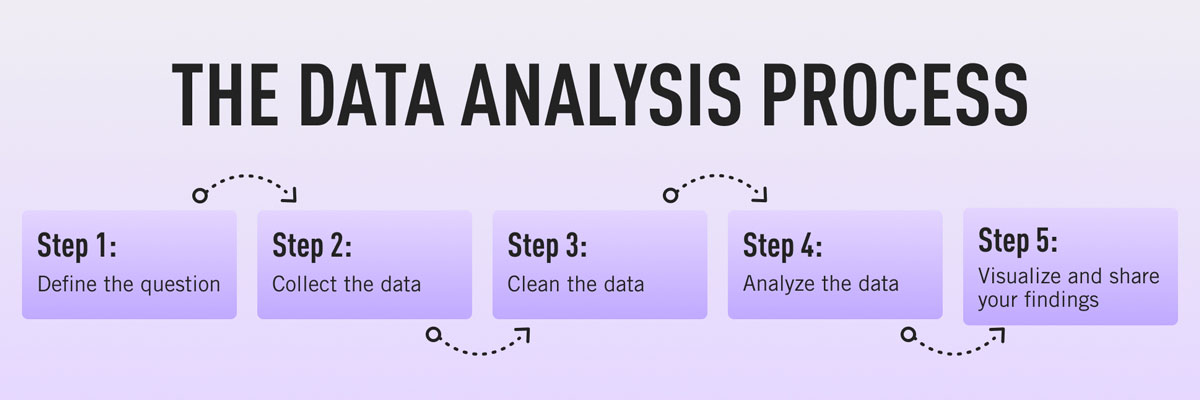Why Data Analytics Matters for Small Businesses
Many small businesses assume data analytics is reserved for large enterprises with massive budgets. However, today’s analytics tools have leveled the playing field, enabling small businesses to compete effectively and grow faster through informed decision-making. In fact, research shows small businesses that actively use analytics experience faster revenue growth, reduced expenses, and increased customer satisfaction.
This guide walks you through the essential steps to start leveraging data analytics in your small business, regardless of your technical expertise or budget.
Step 1: Clearly Define Your Business Goals and Questions
Start your analytics journey by pinpointing precise business questions you want answered. These might include:
- Which marketing channels yield the highest ROI?
- How can we reduce unnecessary expenses?
- Which products or services generate the most profit?
Clearly defined goals and questions guide your analytics efforts, ensuring you collect and analyze relevant data.
Step 2: Identify and Gather the Right Data
Evaluate the data your business already collects through daily operations—sales receipts, website analytics, customer feedback, and social media interactions. If essential data is missing, start collecting it using simple methods like online surveys, web analytics tools (such as Google Analytics), or point-of-sale (POS) systems.
Step 3: Select Affordable Analytics Tools
You don’t need an expensive infrastructure to start analytics. Powerful, affordable (often free) tools include:
- Google Analytics: Track website traffic and user behaviors.
- CRM systems (HubSpot, Zoho): Manage customer interactions and track marketing efforts.
- Excel or Google Sheets: Handle basic data analysis and visualization.
As your data needs evolve, consider upgrading to more advanced tools that offer deeper insights and automation capabilities.
Step 4: Analyze Your Data for Actionable Insights
Analyze the gathered data to answer your business questions. For example, if your goal is reducing expenses, compare cost data month-over-month to identify unusual trends or spending spikes. For marketing analysis, examine engagement metrics across various channels to determine the most effective strategies.
Even simple visualizations—like bar graphs or trend lines—can reveal crucial insights quickly and clearly.
Step 5: Take Action and Form Data-Driven Habits
Data-driven decisions only produce results when acted upon. For instance, if analytics indicate Facebook ads outperform Instagram, reallocate your marketing budget accordingly. Develop regular habits around data review, such as weekly or monthly meetings, ensuring your insights consistently translate into strategic actions.
Step 6: Recognize When to Scale Your Analytics Efforts
As your business grows, your analytics requirements will expand. Signs you need more advanced solutions include:
- Managing increasingly complex datasets.
- Requiring predictive insights or automated decision-making.
- Integrating multiple data sources for deeper insights.
At this stage, working with analytics experts, such as Marradata.ai, can help you seamlessly scale your analytics capabilities, ensuring sustained business growth and success.
Empowering Your Small Business with Analytics
Data analytics provides small businesses a powerful advantage by enabling smarter decisions, optimized operations, and more targeted growth strategies. Begin your analytics journey with clear goals, actionable insights, and scalable tools, turning data into your competitive edge.
Remember, expert help is always available to guide your analytics evolution, turning your data-driven potential into lasting business success.

